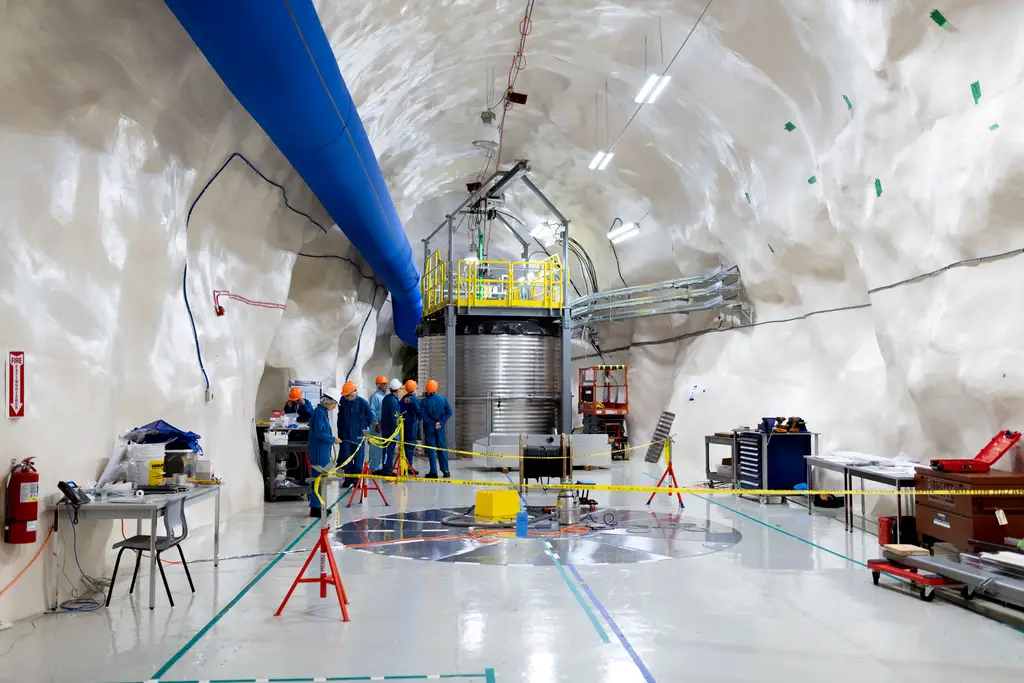
Single Photons, No Heat
A European research collaboration, as part of the European Quantum Flagship project, S2QUIP, has made a novel discovery in quantum computing (QC) and communication. Published in the science journal Nature Communications and led by researchers the KTH Royal Institute of Technology in Stockholm, the paper details a new method of controlling and manipulating single photons without generating heat, making it possible to integrate optical switches and single-photon detectors in a single chip.
The implications of an optical switch that is reconfigured with microscopic mechanical movement rather than heat give the switch compatibility with single-photon detectors which are heat sensitive.
Current models of optical switches operate by locally heating light guides inside a semiconductor chip. “This approach does not work for quantum optics,” said co-author of the paper Samuel Gyger, a Ph.D. student at KTH Royal Institute of Technology in Stockholm.
“Because we want to detect every single photon, we use quantum detectors that work by measuring the heat a single photon generates when absorbed by a superconducting material,” Gyger added. “If we use traditional switches, our detectors will be flooded by heat, and thus not work at all.”
“Building Blocks For Quantum Technologies”
According to Carlos Errando Herranz, the brainchild of the research who led the work at KTH, employing the new approach allows control of single photons with none of the disadvantages of heating up a semiconductor chip which can make the single-photon detectors useless. By applying microelectromechanical (MEMS) actuation, the method enables optical switching and photon detection on a single semiconductor chip while at the same time conserving the frigid temperatures the single-photon detectors need to operate.
“Our technology will help to connect all building blocks required for integrated optical circuits for quantum technologies,” said Herranz. “Quantum technologies will enable secure message encryption and methods of computation that solve problems today’s computers cannot,” he continued. “And they will provide simulation tools that enable us to understand fundamental laws of nature, which can lead to new materials and medicines.”
Another goal of the group is to expand the technology in a way so that it is compatible with everyday electronics. They can achieve this by lowering the voltages applied in the experimental setup.

Herranz and his team’s results clearly show that using a “combination of MEMS and SNSPDs enables the on-chip integration of not only the main building blocks of quantum optics, but also devices for adaptive control, monitoring, and stabilization of classical and quantum optics” which can have far-reaching implications in quantum communication, metrology, computing, and simulation.














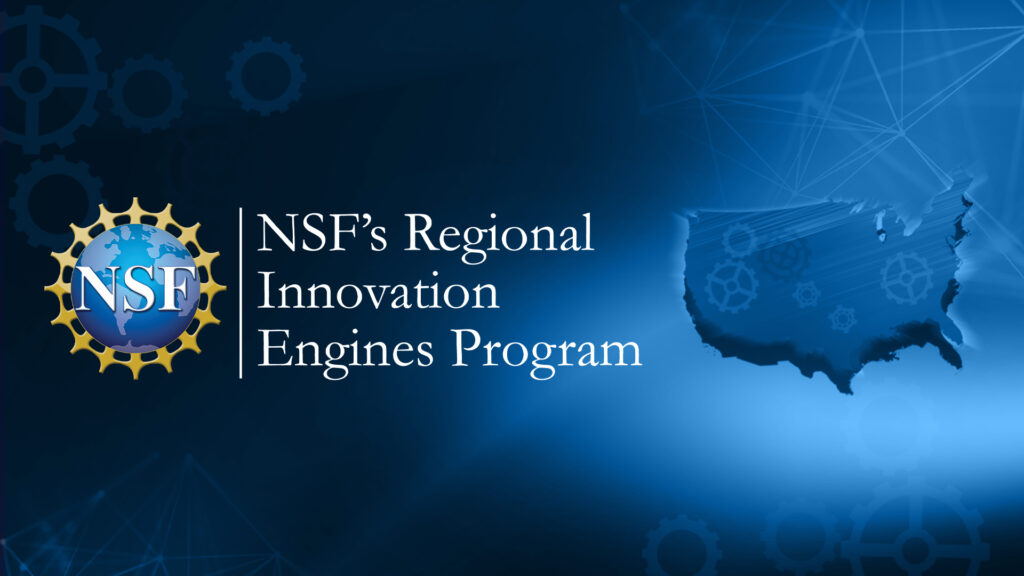
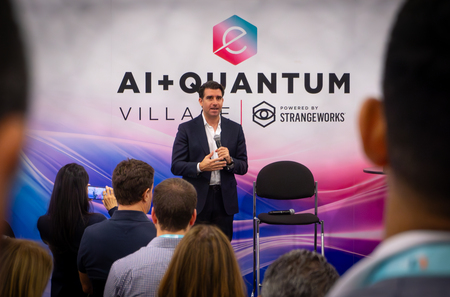
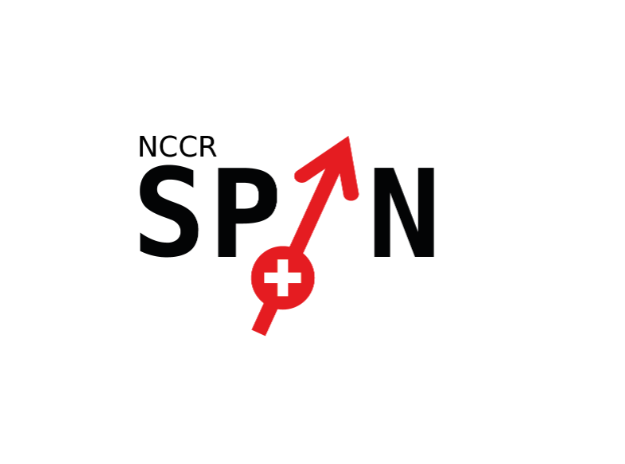
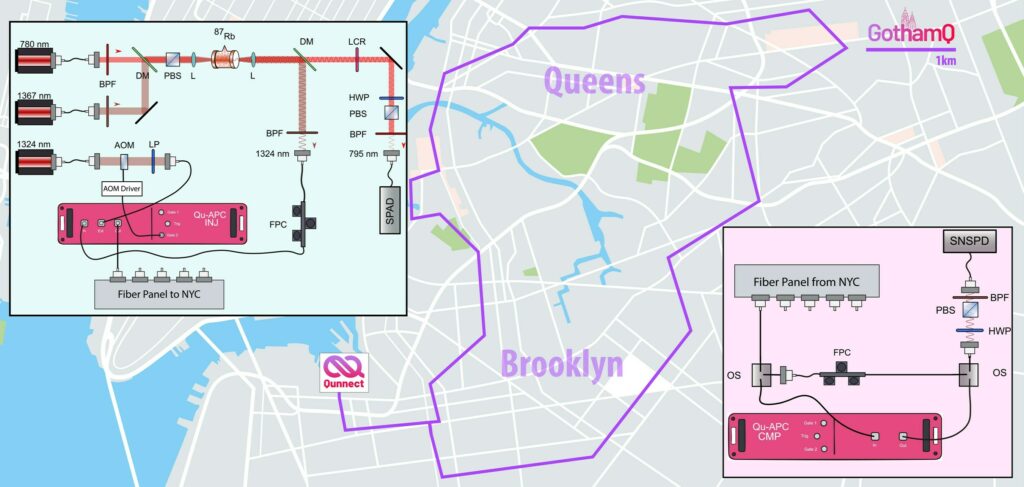

![What is Quantum Chess [The Rules and How to Play Guide]](https://thequantuminsider.com/wp-content/uploads/2023/10/What-is-Quantum-Chess-1024x684.png)


